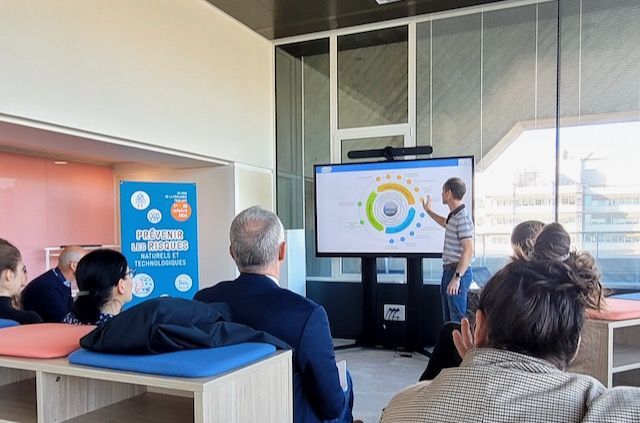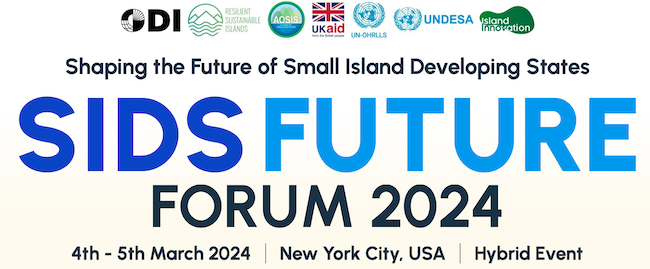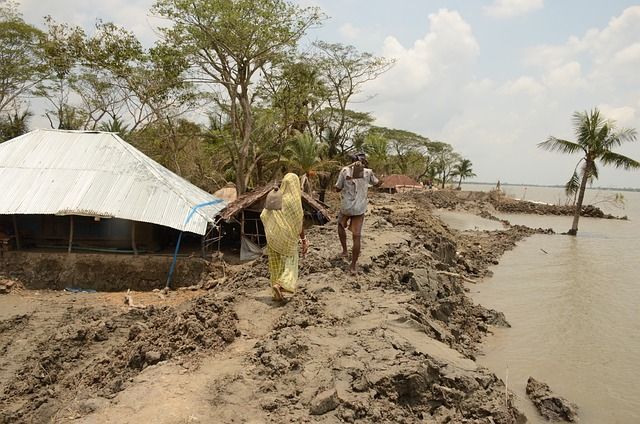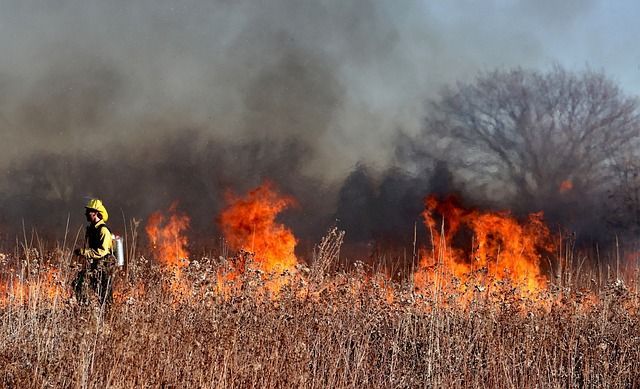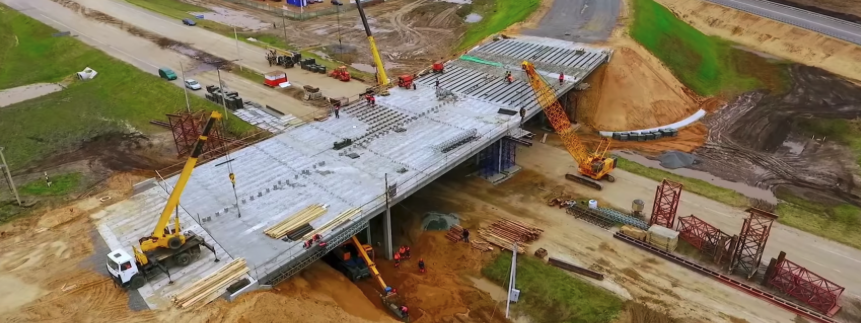Disaster Risk Management & Enterprise Risk Management
Are there opportunities for knowledge sharing across them?
There are many different fields of expertise and application in risk management. Two broad fields are Enterprise Risk Management (ERM), which is mostly applied in business and the private sector, and Disaster Risk Management and Disaster Risk Reduction (DRM / DRR), which is focused on reducing and managing the risk of a major disaster that may affect many people (such as a major flood or an earthquake).
I liaise with practitioners who work in ERM and practitioners who work in DRM. I think that there are elements of synergy and opportunities for collaboration between people who work in these areas of risk management.
It would seem at first glance that the objectives that both practices focus on are different. The governing standards are different (for example, DRM uses the Sendai Framework 2015-2030, whereas ERM uses ISO 31000:2018 and COSO ERM amongst others), and the definition of risk in ERM is different to DRM. Nonetheless, opportunities for learning exist.
For example, business and the private sector is arguably going through greater, and faster, change than ever. Effective ERM can make a big difference to performance and outcomes. There could be some valuable pointers and ideas that people who deliver ERM could learn from DRM. For example, the use of scenario analysis in DRM could be something that ERM practitioners could find interesting.
In DRM, some practitioners say they need to re-calibrate their approach, to take into consideration scenarios that are worse than they would have planned for in the past. For example, drought patterns are changing, deforestation is changing, and the impact of rapid urbanisation. There is a pressing need to understand the evolving risks involved to everything that is happening, and how best to approach and deal with them. The approach that DRM practitioners take as they change their focus could perhaps benefit from looking at the tools and techniques that are used in ERM (such as decision-making techniques, investment analysis, controls design and the use of bowties).
Hopefully there are opportunities for people who work in ERM and DRM to come together and share their experiences and practices in knowledge sharing environments.
